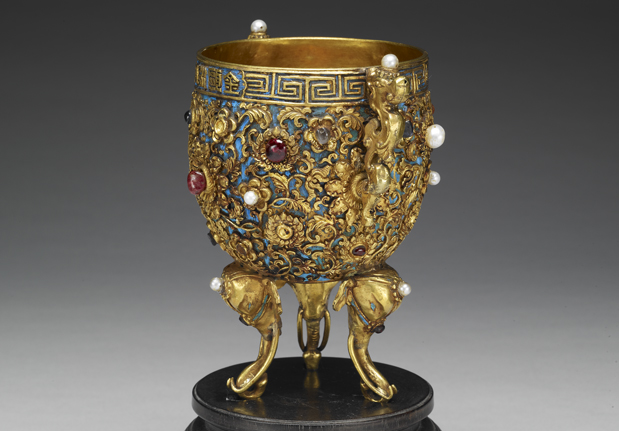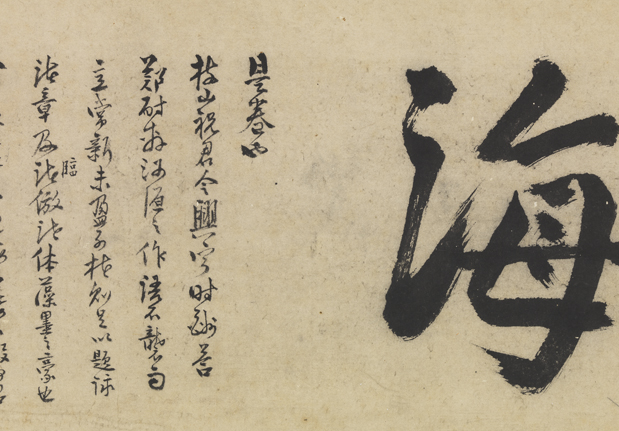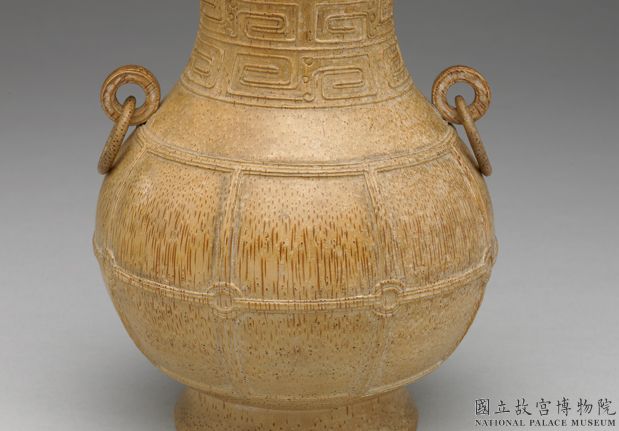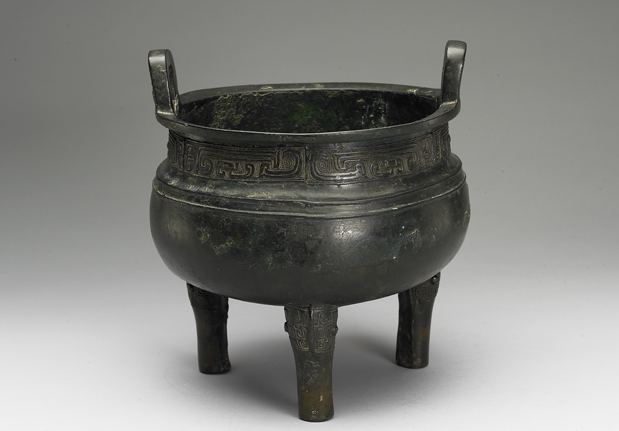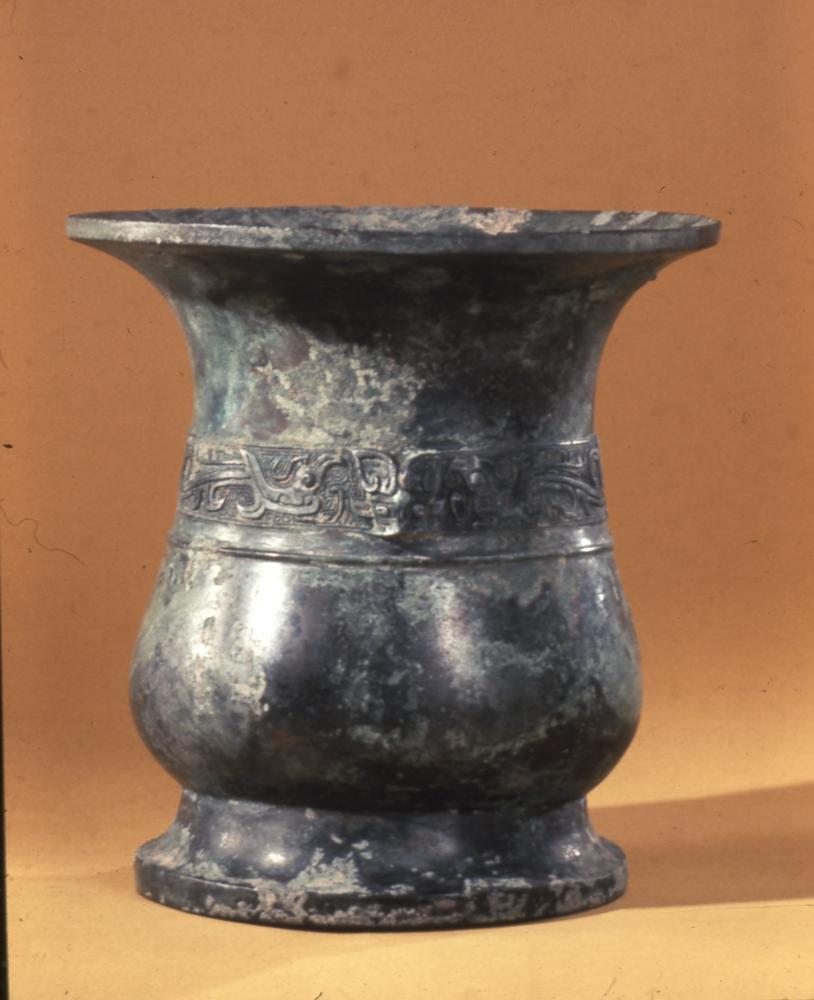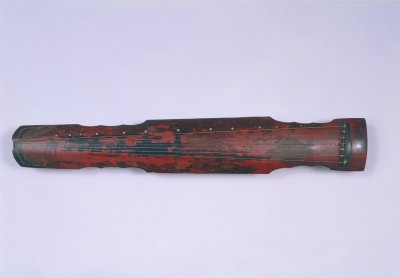Period:Unknown Production date:1977
Materials:paper
Technique:
Subjects:calligraphy
Dimensions:Height: 118.70 centimetres (left scroll) Height: 118.70 centimetres (right scroll) Width: 29.30 centimetres (left scroll) Width: 29.30 centimetres (right scroll)
Description:
Pair of hanging scrolls with calligraphy, made of ink on paper. Huang Miaozi rewrote a piece he had first composed after people flocked to Tiananmen Square in 1976.
IMG
![图片[1]-calligraphy BM-1996-0614-0.4.a-b-China Archive](https://chinaarchive.net/Unknown/Calligraphic works/mid_00482412_001.jpg)
![图片[2]-calligraphy BM-1996-0614-0.4.a-b-China Archive](https://chinaarchive.net/Unknown/Calligraphic works/mid_00482413_001.jpg)
Comments:Barrass 2002:On 8 January 1976, Premier Zhou Enlai died. Despite the widespread sentiment of sadness and affection for him, the so-called “Gang of Four” (Mao’s wife Jiang Qing and her associates) prohibited any public demonstration of grief over Zhou’s death. Three months later, during the Festival of Qing Ming, when the Chinese traditionally honour the dead, huge crowds poured spontaneously into Tiananmen Square to pay homage to Zhou’s memory. Before long about a million people had crowded into the square and the adjoining streets, carrying white paper flowers as a sign of mourning and declaiming poems criticizing the “Gang of Four”. A month after Mao’s death (in september 1976), the “Gang of Four” was arrested. Calligraphers and scholars were now free to write out publicly the pieces condemning the “Gang of Four” which earlier they had shared only with their friends. Huang Miaozi’s ‘The Will of the People’ is one of these pieces. Huang Miaozi had also very personal reasons to hate Jiang Qing: she had accused him and his wife, Yu Feng, of being ‘Nationalist spies’ during the Cultural Revolution. As a result, both had spent seven years in prison (1968-1975). The tense, almost angry, strokes in this very Classical piece reflect his indignation. At the same time, the strength of the characters and the sureness with which they are placed on the paper convey the conviction of a man confident that justice and history are on his side.This piece marked an inflection point on the development of Huang Miaozi’s calligraphy. After his release from prison, Huang Miaozi had derived comfort and inspiration from copying works by earlier masters of calligraphy, seeking to achieve tranquillity by writing out poems about nature. The dramatic events of 1976 boosted the artist to use calligraphy as a means of personal expression.
Materials:paper
Technique:
Subjects:calligraphy
Dimensions:Height: 118.70 centimetres (left scroll) Height: 118.70 centimetres (right scroll) Width: 29.30 centimetres (left scroll) Width: 29.30 centimetres (right scroll)
Description:
Pair of hanging scrolls with calligraphy, made of ink on paper. Huang Miaozi rewrote a piece he had first composed after people flocked to Tiananmen Square in 1976.
IMG
![图片[1]-calligraphy BM-1996-0614-0.4.a-b-China Archive](https://chinaarchive.net/Unknown/Calligraphic works/mid_00482412_001.jpg)
![图片[2]-calligraphy BM-1996-0614-0.4.a-b-China Archive](https://chinaarchive.net/Unknown/Calligraphic works/mid_00482413_001.jpg)
Comments:Barrass 2002:On 8 January 1976, Premier Zhou Enlai died. Despite the widespread sentiment of sadness and affection for him, the so-called “Gang of Four” (Mao’s wife Jiang Qing and her associates) prohibited any public demonstration of grief over Zhou’s death. Three months later, during the Festival of Qing Ming, when the Chinese traditionally honour the dead, huge crowds poured spontaneously into Tiananmen Square to pay homage to Zhou’s memory. Before long about a million people had crowded into the square and the adjoining streets, carrying white paper flowers as a sign of mourning and declaiming poems criticizing the “Gang of Four”. A month after Mao’s death (in september 1976), the “Gang of Four” was arrested. Calligraphers and scholars were now free to write out publicly the pieces condemning the “Gang of Four” which earlier they had shared only with their friends. Huang Miaozi’s ‘The Will of the People’ is one of these pieces. Huang Miaozi had also very personal reasons to hate Jiang Qing: she had accused him and his wife, Yu Feng, of being ‘Nationalist spies’ during the Cultural Revolution. As a result, both had spent seven years in prison (1968-1975). The tense, almost angry, strokes in this very Classical piece reflect his indignation. At the same time, the strength of the characters and the sureness with which they are placed on the paper convey the conviction of a man confident that justice and history are on his side.This piece marked an inflection point on the development of Huang Miaozi’s calligraphy. After his release from prison, Huang Miaozi had derived comfort and inspiration from copying works by earlier masters of calligraphy, seeking to achieve tranquillity by writing out poems about nature. The dramatic events of 1976 boosted the artist to use calligraphy as a means of personal expression.
© Copyright
The copyright of the article belongs to the author, please keep the original link for reprinting.
THE END
